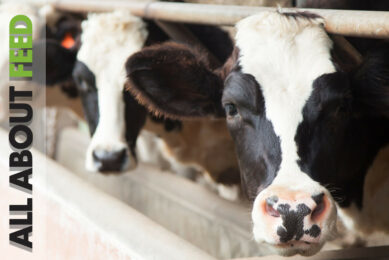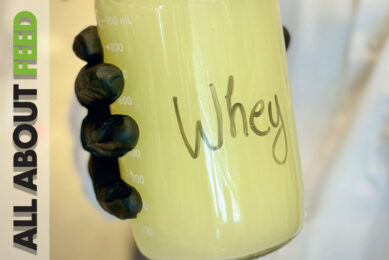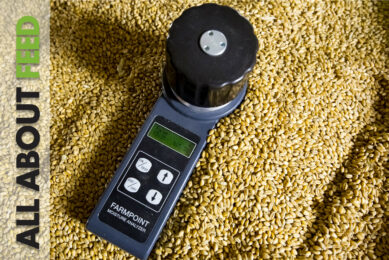Amino acids in the latest edition of All About Feed
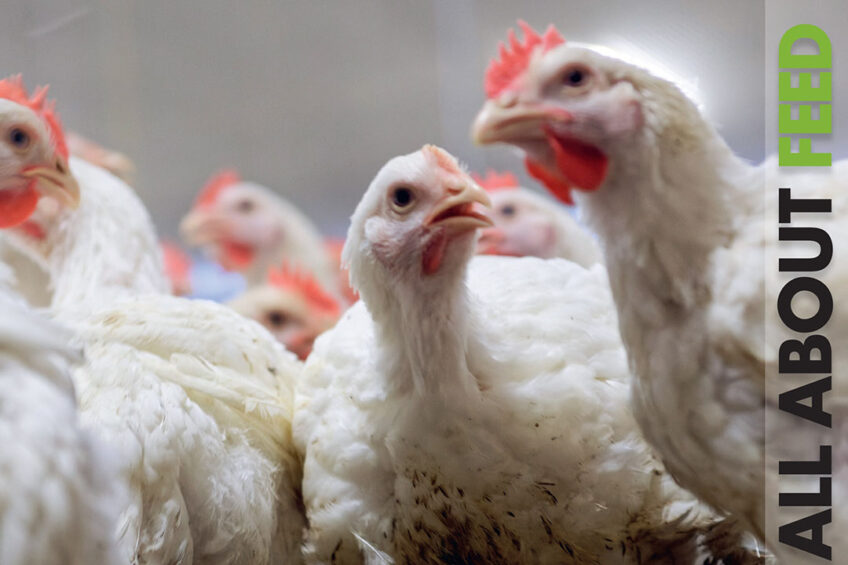
In this edition of All About Feed we examine how Guanidinoacetic acid can reduce breast myopathies in broilers, and consider how dietary nano-curcumin can improve the health and performance of finishing pigs. This and much more in this latest edition, which is online now.
European feed industry committed to lower carbon emissions across the board
Feed companies are putting a lot of effort into decarbonisation goals. Apart from the apparent environmental impact, these efforts can deliver economic gains.
Mycotoxins pose growing threat across Europe
Levels of mycotoxins, particularly Fusarium and aflatoxin, are rising across Europe. The situation is being influenced by natural and artificial factors. A comprehensive picture of the mycotoxin threat has been created – how is this picture changing?
A game-changer in development: Inactivation of soybean trypsin inhibitors
In North Carolina in the US, a team at POLARISqb is making progress with a feed additive that inactivates trypsin inhibitors.
The efficacy of organic acids in broilers with a high stocking density
A high stocking density can negatively impact the health and performance of broilers. How can organic acids help?
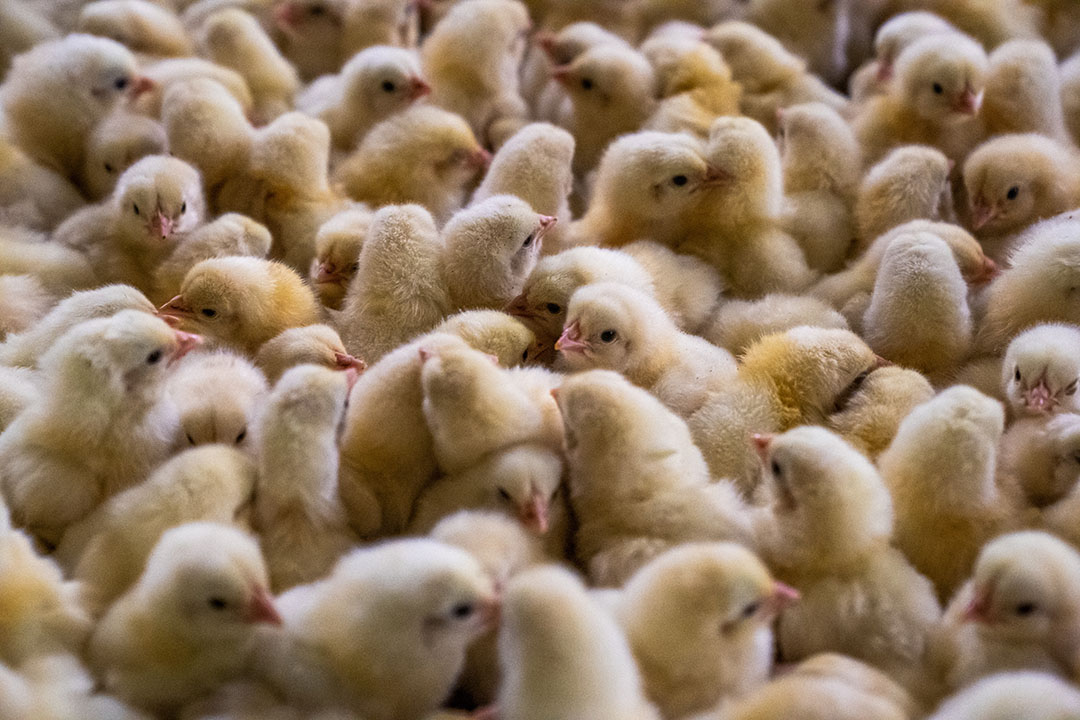
GAA shown to be effective in reducing breast myopathies
Guanidinoacetic acid (GAA) has shown to be effective in reducing breast myopathies in broilers. But, how does GAA affect bird performance, and what supplementation levels are advised?
Sustainability on the menu at a one-off road show
Sustainability was the focus of the 2023 Alltech One conference in Dublin, Ireland, in June. A variety of speakers covered topics including reducing methane in dairy cows, feed efficiency in pig production, and health issues in poultry production.
AgriVision 2023: Future-proofing proteins
AgriVision also took place in June. The event, held in the Netherlands, brought together participants from 42 countries. The theme: ‘Path to future-proof proteins’ – how to meet today’s growing demand for protein without diminishing the capacity to meet tomorrow’s needs.
Prevalence of mycotoxins in food by-products
The prevalence of mycotoxins in some common by-products used in the feed industry, namely distiller dried grain with solubles, brewer’s spent grain and yeast, grape pomace, and sugar beet pulp, was presented in a recent study.
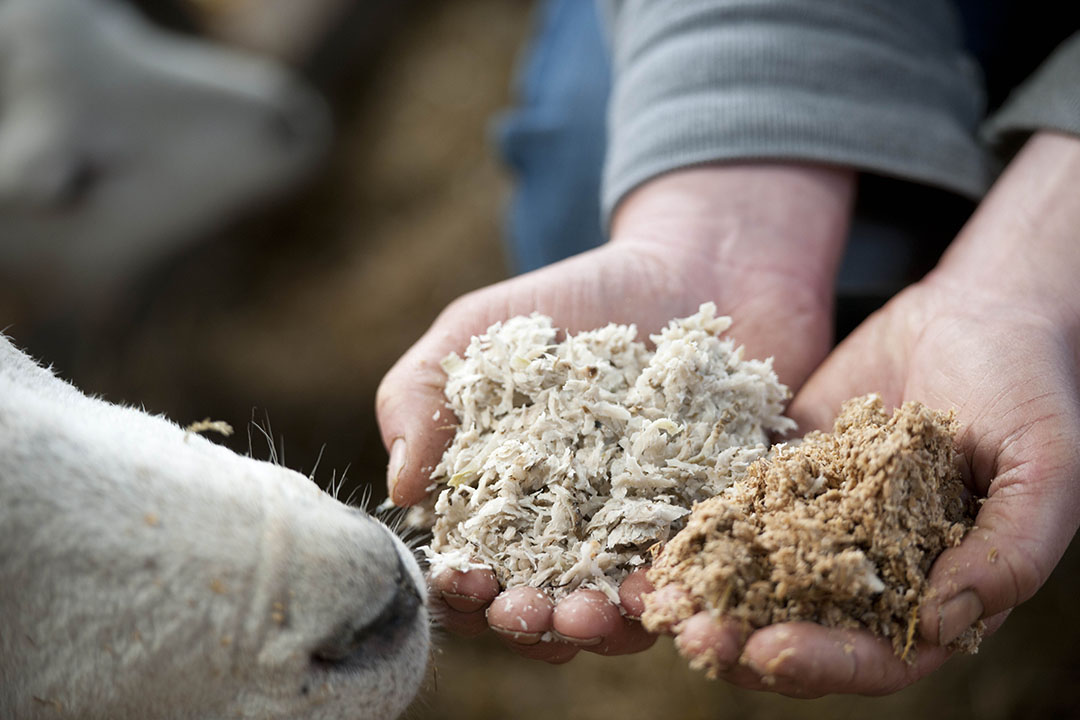
Cybersecurity at feed mills: Why it matters and what steps to take
Cyber attacks in the agriculture industry, including at feed mills, have become more common in recent years. This is a threat that must be taken seriously. But, what is the correct approach?
Benefits of adding dairy lipids to young animal diets
Milk fat globule membrane is the membrane that surrounds the lipid core of a milk fat globule with 3 layers of various lipid types. It is studded with proteins and carbohydrates. Research shows how this component of cow’s milk might be of benefit to newborn piglets, broiler chicks and dairy calves.
Nutritional value of poultry by-products in Beagle dog food
Researchers evaluated the effects of different particle sizes of poultry by-product meal in Beagle dog food on nutrient digestibility and faecal characteristics. In this article we look at what was discovered.

The role of nano-curcumin in improving the performance and health of finishing pigs
In a recent study, researchers turned their attention to finishing pigs, demonstrating the potential of dietary nano-curcumin as an effective feed additive for improving their performance and health status.
Top 5 feed additives to restore pig gut health
Gut health plays an essential role in pig welfare and performance. In this article we consider how prebiotics, probiotics, essential oils, zinc oxide and organic acids improve pig gut health.
Sustainable, climate-resilient feed for livestock
The need for animal feed that can withstand changing weather patterns, rising temperatures, and water scarcity is more pressing than ever. What natural solutions have the potential to mitigate climate change, and what might be a robust option for the future?





